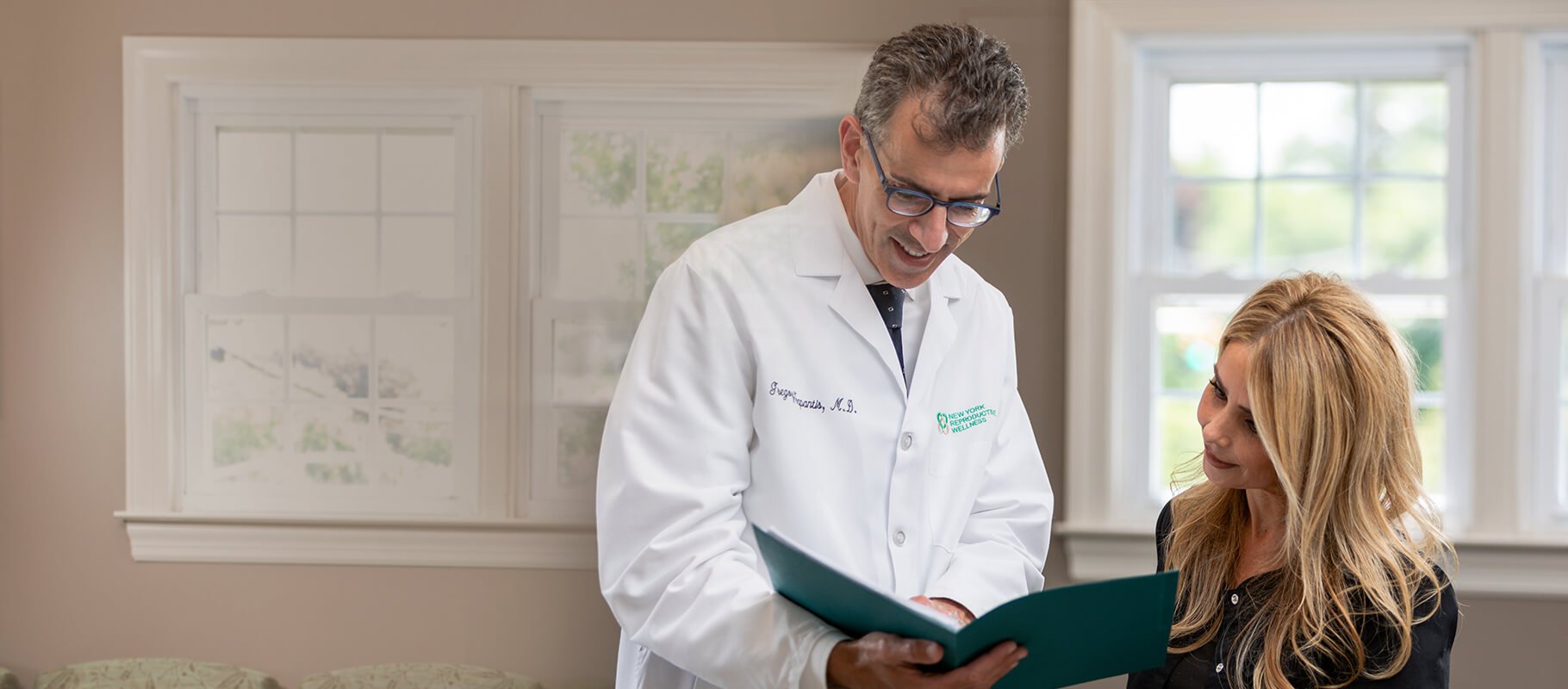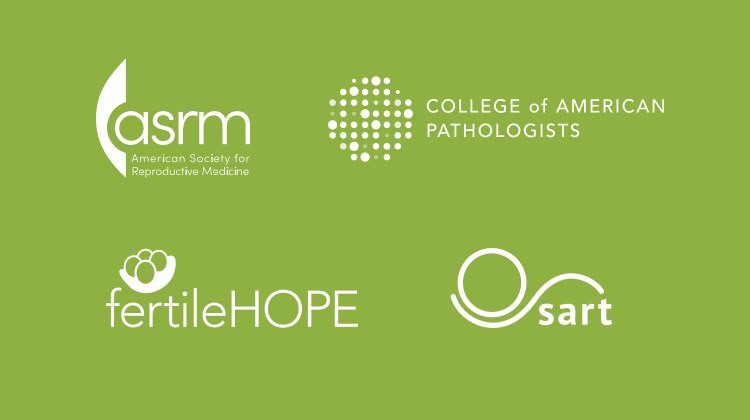Fertility Treatment Options for Trying to Conceive

These days, more women are waiting until their late 20s or 30s to get pregnant so they can go back to school, get a good career or achieve other life goals. In some cases, even at an early age, some women find it difficult to become pregnant. In fact, around 12 percent of American women who are between the ages of 15 through 44 years old find it difficult to either get pregnant or carry their pregnancy full term, according to the CDC. Infertility is not always the fault of women either. Men can also contribute to infertility.
Fertility Treatment Options
Because of this, couples who are struggling with infertility often look for fertility treatment options to help them become pregnant. And, there are a number of different fertility treatment options available to you as well.
Fertility Drugs
Two common types of fertility drugs include gonadotropins and clomiphene which help in regulating your reproductive hormones to help your body release quality eggs in your ovulation cycle. Fertility drugs are often used by women for up to 6 months before conceiving.
Surgery
If you are struggling with endometriosis, ovarian cysts, fibroids or blocked fallopian tubes, you can have minor surgery performed using a laparoscope (thin tube) which can help the surgeon figure out what the problem is and correct it so you are able to conceive. This is an extensive procedure which requires the surgeon making an incision in your abdomen. However, typically surgery is not needed and you can use other treatment options first to help increase your chances of pregnancy.
Assisted reproductive technology (ART)
This is a procedure where fertilized human eggs are transferred into your uterus and includes some type of vitro fertilization (IVF) or other techniques including:
- In vitro fertilization (IVF)
- Intrauterine insemination (IUI)
- Intracytoplasmic sperm injection (ICSI)
- Gamete intrafallopian transfer (GIFT)
The most common ART procedure is the IVF where eggs are retrieved outside your body and fertilized in a lab and then mixed with the sperm of your partner (or a donor). The doctor then transfers the embryos (fertilized eggs) through your cervix back into your uterus.
Donor Eggs
This fertility option is egg retrieval from another woman’s ovaries which are then fertilized by your partner’s sperm and then transferred into your uterus.
Since there are a number of options of fertility treatment available today, including the above and more, it should make conceiving and having a baby that much easier for you. However, before you make any fertility treatment decision, it’s best to talk with us here atNew York Reproductive Wellness to learn all the pros and cons of each as well as any side-effects and potential problems so you can make an informed decision of which option is best for you.







